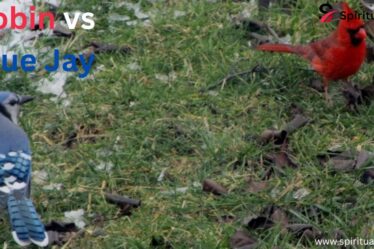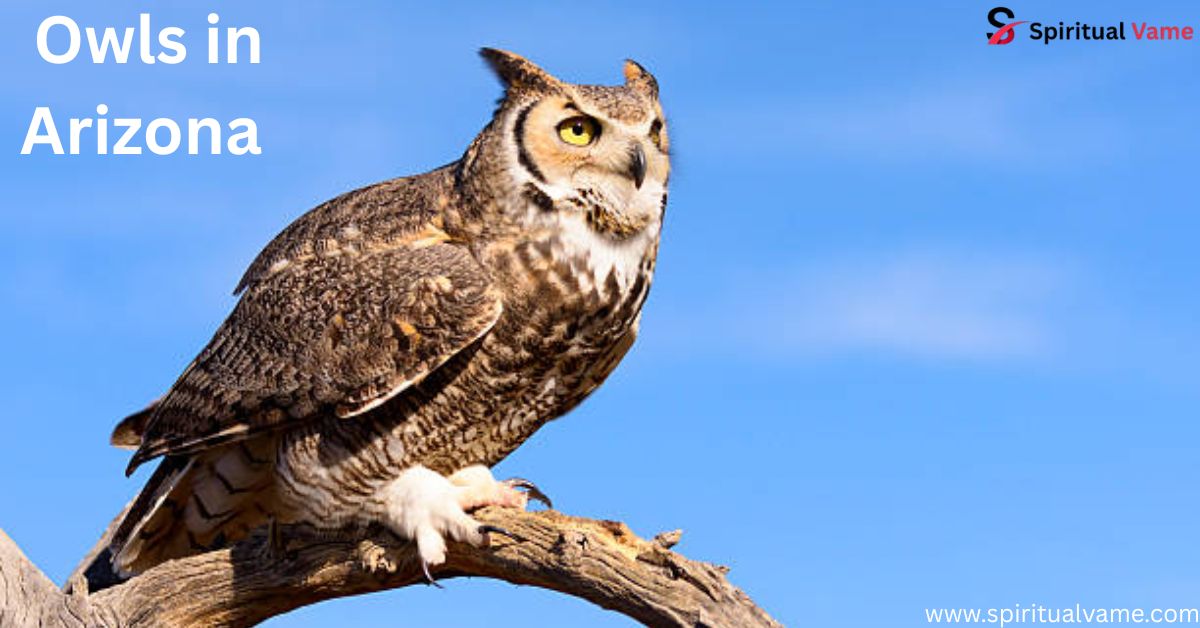
Arizona is home to an incredible diversity of owl species. The state’s varied landscapes, from dry Sonoran Desert plains to cool White Mountains, offer perfect habitats for these mysterious and fascinating raptors. In this guide, you’ll learn about the 13 owls of Arizona, how to spot owls, and understand each species in detail. Whether you’re a local nature lover or a visitor with binoculars in hand, this article gives you everything you need to know about owls in Arizona.
The 13 Owls Of Arizona
Arizona has 13 unique owl species, each with its own preferred habitat, size, and behavior. Some live high in ponderosa pines of the Apache-Sitgreaves National Forest, while others hunt in open grasslands or desert scrub. These owls are found in places like Madera Canyon, Coconino National Forest, and Catalina State Park. The biodiversity and changing altitudes of Arizona allow for such an amazing variety of nocturnal and diurnal hunters.
These 13 owls represent a mix of common, rare, threatened, and even endangered species. Some are year-round residents, while others migrate seasonally. From the massive and powerful Great Horned Owl to the tiny, cactus-dwelling Elf Owl, Arizona’s owls are a true wonder of the American Southwest. These birds play an important role in maintaining the health of the local ecosystem by controlling rodent, insect, and small bird populations.
Spotting Owls
Spotting owls can be a magical experience. Because many owls are nocturnal, the best times to see them are during dusk or early dawn. Some owls, like the Northern Pygmy Owl, are diurnal, which means they are active during the day. Others, like the Burrowing Owl, may be seen standing outside their burrows in the evening or early morning. Owls often remain hidden during the day, using camouflage to blend into their surroundings.
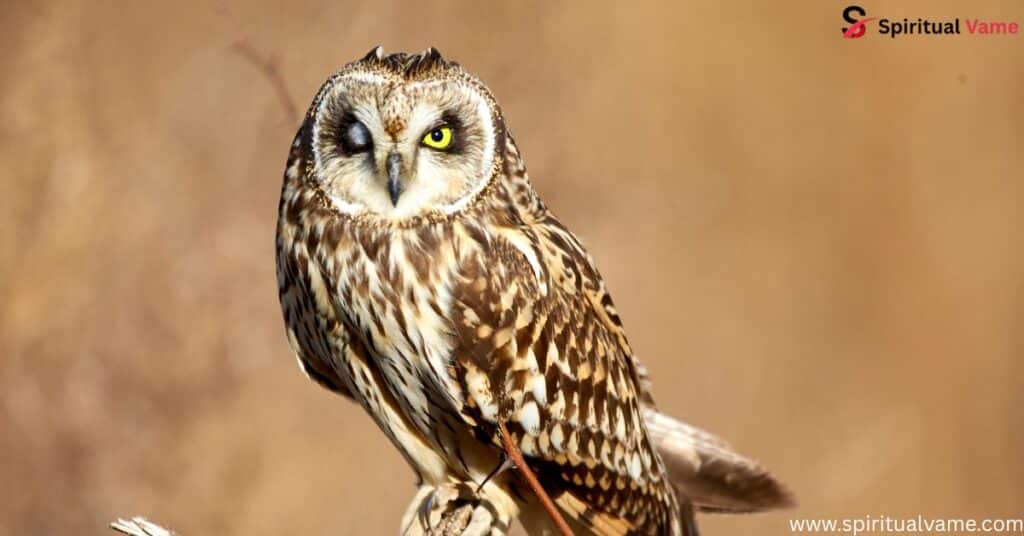
Look for owls in parks, forests, and open desert areas. Places like Veterans Oasis Park, Rio Salada Audubon Center, and Rousseau Sod Farms are great birdwatching spots. Listening for their calls is one of the best ways to locate them. You might hear hoots, whistles, or high-pitched screeches. Owls also leave signs like pellets, feathers, and white droppings near their nesting sites. Bringing a red-filter flashlight and staying quiet can help increase your chances of observation.
Types Of Owls In Arizona:
1. Great Horned Owl
The Great Horned Owl (Bubo virginianus) is the most common and powerful owl in Arizona. It can be found in almost every habitat, from forests and mountains to urban areas and even the Mojave Desert. This species is known for its long ear tufts, deep hooting voice, and large yellow eyes. With a wingspan up to 45 inches, it preys on everything from rodents and reptiles to other birds.
These owls nest early in the year, often reusing old nests from hawks or other large birds. Their clutch size can range from 1 to 4 eggs, and the young stay in the nest for several weeks. They are year-round residents in Arizona and can be seen in areas like Kaibab National Forest and Patagonia-Sonoita Creek Preserve.
2. Barn Owl
The Barn Owl (Tyto alba) is easily recognized by its heart-shaped face and white underparts. It prefers open fields, grasslands, and even agricultural areas. Often found nesting in barns, old buildings, and tree cavities, this owl is known for its silent flight and eerie screeching calls.
Its diet consists mainly of small mammals, making it an essential predator in Arizona’s farming regions. Active mostly at night, Barn Owls can be seen gliding low over fields at dusk in places like Higley Road Ponds and Kartchner Caverns State Park.
3. Flammulated Owl
The Flammulated Owl (Psiloscops flammeolus) is a tiny, migratory owl that favors high-elevation pine and oak forests, especially in areas like Coconino National Forest and the Madrean Sky Islands. This species has a reddish-brown plumage that helps it blend in with tree bark.
Though rarely seen, its soft, low-pitched hoot can be heard during the breeding season. It feeds mostly on insects, especially moths, and is listed as a species of conservation concern by Partners in Flight.
4. Whiskered Screech Owl
The Whiskered Screech Owl (Megascops trichopsis) is found primarily in southeastern Arizona, including the Sky Islands and areas near Tucson. With grayish plumage and faint vertical streaks, it looks similar to the Western Screech Owl but has a higher-pitched call and slightly smaller size.
This owl prefers dense oak woodlands and is more often heard than seen. Its diet consists of insects, small birds, and reptiles. Conservation of its habitat is essential, as it has a limited range in the United States.
5. Northern Saw-Whet Owl
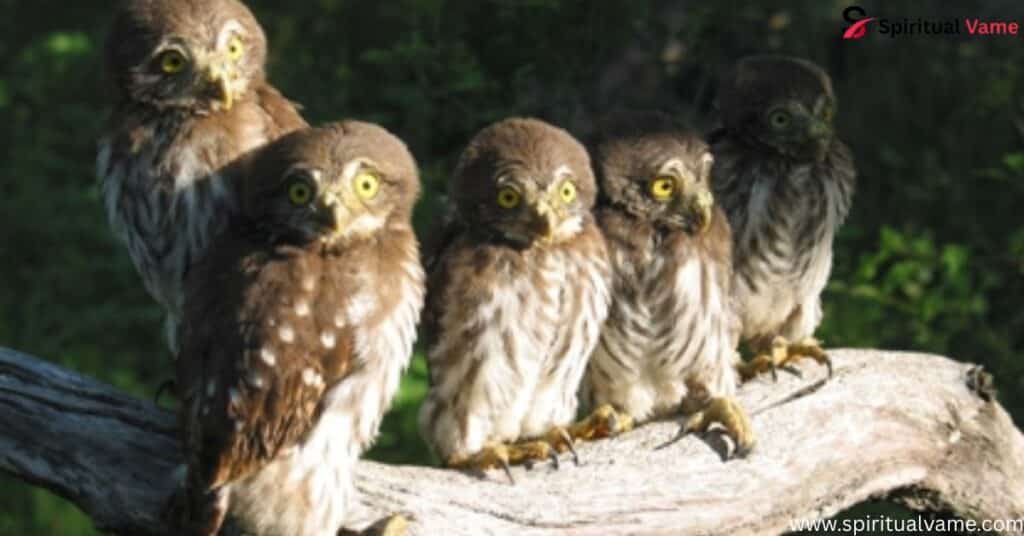
The Northern Saw-Whet Owl (Aegolius acadicus) is a small, round-headed owl with large yellow eyes. It prefers cool, dense conifer forests and is most often found in the White Mountains and Kaibab National Forest.
This owl gets its name from its repetitive, high-pitched call, which sounds like a saw being sharpened. It preys on small mammals and occasionally insects. Though secretive, it’s a delight for those lucky enough to spot it during the spring breeding season.
6. Western Screech Owl
The Western Screech Owl (Megascops kennicottii) is a common and adaptable owl found in many Arizona habitats, including deserts, riparian zones, and even suburban areas. It has gray or brown plumage with streaks and blends well into tree bark.
Its trilling call is often heard in parks and backyards across cities like Tucson. This owl nests in tree cavities or even bird boxes and feeds on insects, small birds, and rodents. It’s considered a species of least concern, but its presence indicates healthy local biodiversity.
7. Long-Eared Owl
The Long-Eared Owl (Asio otus) is a slim, medium-sized owl with striking orange eyes and long ear tufts. It roosts in dense trees and hunts in open grasslands or fields at night. In Arizona, it’s most often found in riparian zones during winter.
These owls are secretive and form communal roosts in colder months. Their plumage offers excellent camouflage, making them difficult to spot. Their soft calls and flapping flight are key identifiers during observation.
8. Northern Pygmy Owl
The Northern Pygmy Owl (Glaucidium californicum) is a diurnal hunter, active during the day. Despite its small size, it is aggressive and known to prey on birds nearly its own size. It can be spotted in higher-elevation forests like those in Apache-Sitgreaves National Forest.
Its bold behavior and distinct whistle calls make it easier to locate. Look for it perched on open branches as it scans for prey.
9. Elf Owl
The Elf Owl (Micrathene whitneyi) is the smallest owl in the world. Weighing less than 2 ounces, it nests in saguaro cacti and sycamore trees in the Sonoran Desert. These owls migrate to northern Mexico in winter and return to Arizona in spring.
Elf Owls are most vocal at dusk, emitting a series of chattering calls. They feed mainly on insects and are common in places like San Pedro Riparian National Conservation Area.
10. Burrowing Owl
The Burrowing Owl (Athene cunicularia) is one of the few owls that nests underground. It prefers open areas like grasslands, golf courses, and even airport fields. These owls are active during the day and are often seen standing upright near burrow entrances.
They feed on insects, small mammals, and reptiles. Conservation efforts by the U.S. Fish and Wildlife Service help protect their declining populations in urbanized areas.
11. Spotted Owl
The Mexican Spotted Owl (Strix occidentalis lucida) is a subspecies of the Spotted Owl, living in rugged canyons and old-growth forests of Arizona. It is listed as threatened on the IUCN Red List due to habitat loss.
This elusive owl prefers remote areas like Coconino National Forest. It feeds on small mammals, especially woodrats. Conservation programs monitor its population closely, making it a symbol of forest protection.
12. Short-Eared Owl
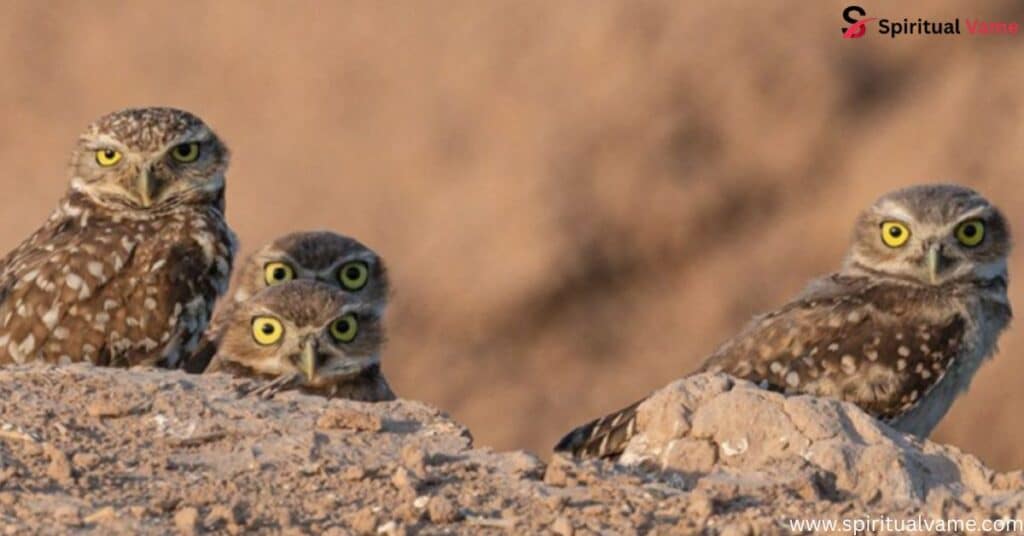
The Short-Eared Owl (Asio flammeus) is a ground-nesting species found in open prairies and wetlands. It’s most visible in Arizona during winter migration, especially around open farmlands and grasslands.
This owl has long wings, short ear tufts, and flies in a moth-like pattern. Its vocalizations include barking and clapping sounds during mating displays.
13. Ferruginous Pygmy Owl
The Cactus Ferruginous Pygmy Owl (Glaucidium brasilianum cactorum) is a tiny but bold hunter native to southern Arizona. It lives in desert scrub, mesquite bosques, and saguaro forests. Once considered endangered, it is still closely monitored by U.S. Fish and Wildlife Service.
This owl is known for hunting during the day and using saguaro cavities for nesting. It has a short tail, reddish-brown plumage, and rapid, high-pitched whistles.
Conclusion
Owls in Arizona are some of the most fascinating and ecologically important birds in the American Southwest. From desert specialists like the Elf Owl and Burrowing Owl to forest lovers like the Spotted Owl, these birds are key players in Arizona’s ecosystems. Their roles as predators help keep rodent and insect populations in balance, and their presence signals a healthy natural world. By learning about and protecting their habitats, we ensure that future generations will continue to enjoy the magic of Arizona’s wild owls.



